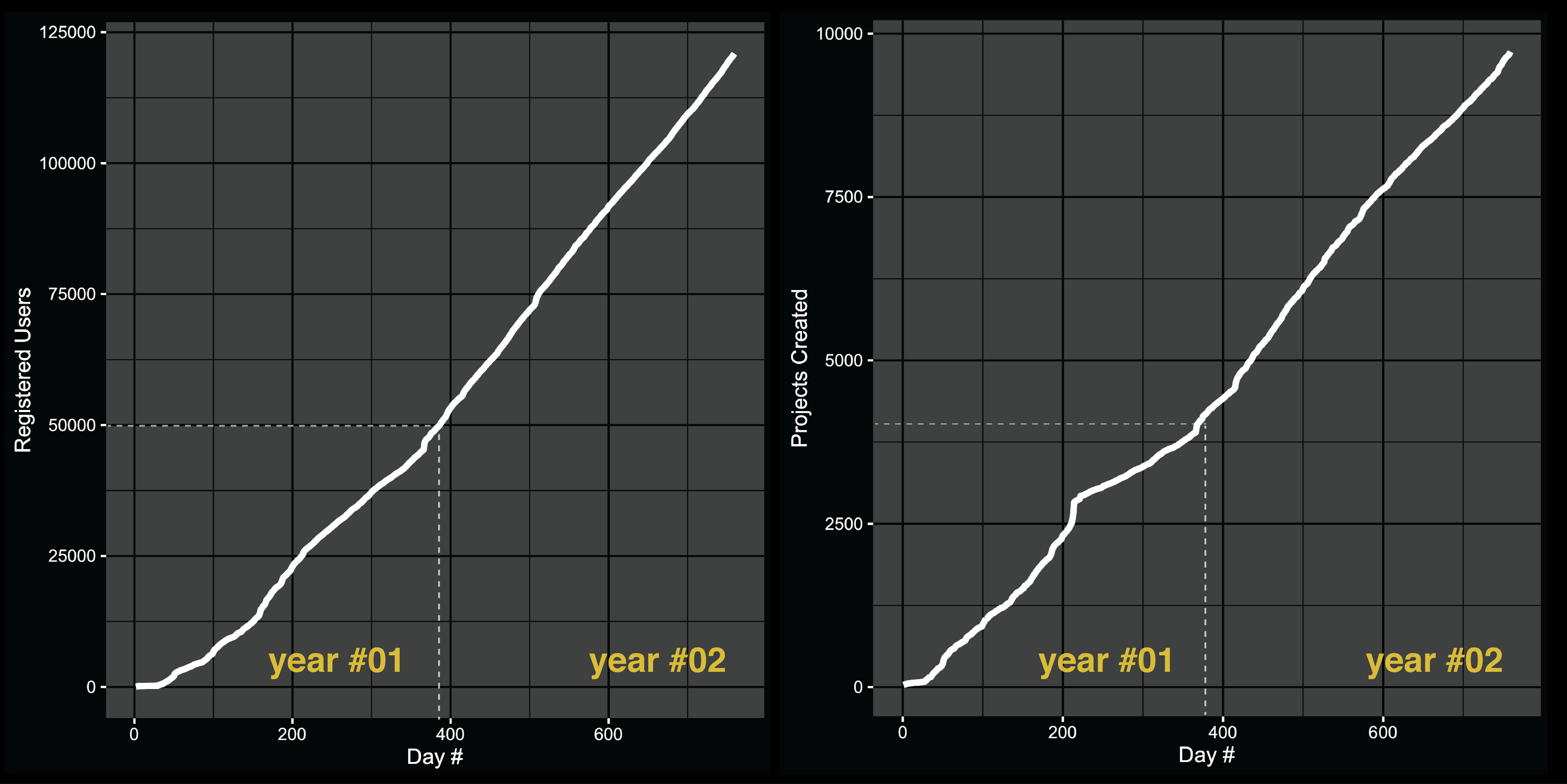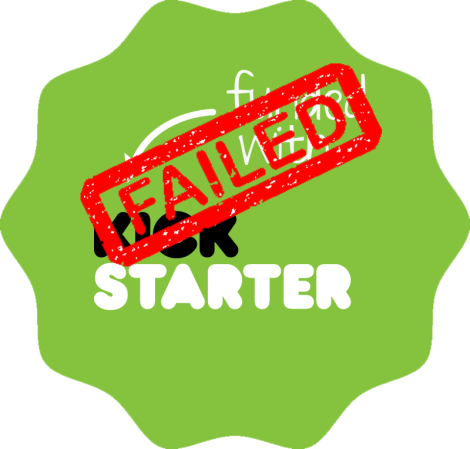A bunch of people who share a large workshop and meet on a regular basis to do projects and get some input. A place where kids can learn to build robots instead of becoming robots. A little community-driven factory, or just a lair for hackers. The world needs more of these spaces, and every hackerspace, makerspace or fab lab has its very own way of making it work. Nevertheless, when and if problems and challenges show up – they are always the same – almost stereotypically, so avoid some of the pitfalls and make use of the learnings from almost a decade of makerspacing to get it just right. Let’s take a look at just what it takes to get one of these spaces up and running well.
community23 Articles
Hackaday World Create Day: The Hackaday Event In Your Town
Not too long ago we announced the Hackaday Meetups. We were hoping at least a few dozen people would be excited to host a meetup in their town. What we got was hundreds of people and we couldn’t be happier about it.
If you are excited about Hackaday and you want to meet other community members in your area this is your chance. We have streamlined the process so that you don’t need to wait for us to start setting up your meetup. Here’s how you do it:
- Submit this form
- Set up your event here: https://hackaday.io/event/add
- Here’s a template page with details you can use to create your own
- You can use graphics from this link or upload graphics of your own
The first global event is on Saturday, April 23rd: Hackaday World Create Day. Get together and get to know the other community members in your area. Brainstorm a project and document it the concept as a Hackaday Prize entry. Many groups have already added other activities that day to make their meetup really special. What we’ve seen so far is really incredible, and when you get involved it will be even better.
Check out the Meetups map for one in your area. When you find one in your area, join by clicking the “Join this Event” button in the upper right of the event page. If you don’t see one in your area, take the plunge and set up your own!
Show Me The Data: Hackaday.io Year #02
Hackaday.io has just turned two today and we couldn’t be more excited about how far we’ve come. What started out as a simple proof-of-concept, inspired by ye-olde idea of a “virtual hackerspace,” has truly evolved into a global playground for some of the best, brightest, and most creative minds you have ever met. It also became a home and the place to spend sleepless nights for many of us on the team, and we’re excited to share a few ideas on where we are headed going forward.
But before we do that, let’s look at some data.
The Data
We’re thrilled to report that over the last two years, Hackaday.io has grown from zero to a 121,158-member strong community, who have together created a total of 9,736 projects. To put this in context, it is more than a two-fold growth from last year’s milestone of 51,838 users / 4,365 projects. And it doesn’t seem to be showing any signs of slowing down.

Projects
Though these “vanity” metrics sure are a nice validation, the number that gets us the most excited is the fact that the 9,731 projects currently on the site have been created by a total 4,966 different users. What’s even better is the fact that 949 projects are a result of collaboration between two or more people. Altogether, a total of 7,170 different users have participated in the creation of the vast body of engineering knowledge currently residing on Hackaday.io.
How I Embraced My Introvert And Joined The Hacker Community
For some people to join a new group is an exciting proposal, to meet new people and interact with them to accomplish a goal is their idea of a good time. If this describes you then you’re all set to jump in there and make some new friends! There are other people who see social interaction as not such a good time. They would rather avoid that situation and go on about their normal day, I get it. In general my level of comfort is inversely proportional to the number of people with me. This is not a character trait that I chose, I’m an introvert by nature.
The stereotype depicts hackers, nerds, or geeks as people without many friends who spend most of our time alone or you might just call us “loners”. I should make it clear that I’m writing this article from a table for 1 at my local diner and it would be out of the ordinary if there was another person at this table with me. Just in case someone feels the need to speak to me I’m wearing headphones as a deterrent, audio delivery is not their use at this time (headphone hack). I can feel the first comment brewing so let me nip that in the bud real quick: I’m in a restaurant AND actively being alone because there are often too many distractions at home to get things done in a timely manner. And I like the pancakes.
Before I climb up on this soapbox let me say that many of you are already involved in the community and are doing a great job, in fact I’m pretty sure many of the old-timers I talk about are Hackaday readers. This article is a result of my self reflection regarding my lack of community involvement as of late. I can’t think of any reasons why I shouldn’t take myself down a peg or two publicly, enjoy.
I won’t bother with the “Ra-Ra! Team Spirit!” garbage to get you all jazzed up to be a part of the team. But I will tell you what you’re missing out on by not being active and participating. It’s similar to the saying “You can lead a horse to water but you can’t make that horse join a group of like-minded horses that would all benefit from a wealth of horse-knowledge.” The saying changes depending on where you’re from, that’s how it was told to me.
Continue reading “How I Embraced My Introvert And Joined The Hacker Community”
Show Me The Data: Hackaday.io Year #01
Today marks exactly one year since we announced to the world the first product from our software lab – Hackaday.io. In what has been an incredibly exciting year for all of us, we evolved from a simple idea and a prototype to a truly massive community that’s making its mark on the world. Day after day, carefully listening to the invaluable feedback from our users, we have improved and moved forward, one line of code at the time.
We still have a long way to go, but we’ll pause for a second now and reflect on how far we’ve come. Then get right back to fixing bugs and developing new features.
It all started with a simple idea – building a better project hosting website. Though there are project and content websites galore out there, with new ones popping up every day, it all still felt too bland. We thought we could do better. After all, the medium is the message. The place where something lives sooner or later becomes a key part of its identity. So in order to prevent a dystopian future in which we’re all hosting our projects using the (fictional) Microsoft Maker Suite 2020 and simply don’t care, we started to work on providing an alternative.
We quickly realized that we had a much bigger mission on our hands. Sure, a better project hosting website would be nice, but what we felt we really needed was something [Brian Benchoff] has been talking about for quite some time – a “virtual hackerspace.” Not just a place where you can post your builds once you’re done (and hope someone sees it), but a living, breathing community: a place where you can start with an idea and get feedback as it develops, find collaborators, iterate, and ultimately end up building something way more amazing than you would have accomplished on your own.
This has been the aim of Hackaday for many years, but most of the collaboration was constrained to the limited space of post comment threads and biased by the editorial choice of articles and topics. With the introduction of Hackaday.io, we open up a space for anyone to unleash their creativity and expertise, and together, change the way people build things.
The Data
Unfortunately, making bold claims about how we’re out there changing the world is pretty much a commodity these days. As most Web startups can testify, it doesn’t take more than a simple landing page with nice photography and some uplifting message for any arbitrary claims to appear credible.
So instead of trying to convince you with words about how awesome the last year had been, we’ll just stick with the data.
Community Weigh-In For Sci-Fi Contest

The entry period for the Sci-Fi Contest ended at mid-night yesterday morning. Now’s the time to weigh-in as ten prizes will be awarded based on the community outpouring for the project. Go check out all of the projects that were entered and register your opinion through “Follow Project” and/or “Give a Skull” buttons.
We’re hoping to announce judging decisions for the contest on Thursday, May 8th.
Ask Hackaday: (How) Should We Control Kickstarter Campaigns?
Kickstarter campaigns helped bring new and innovative products to the market during these last years. However there often are failures that can happen at several stages. We’d like to hear your opinion about them and discover what you think could be done to foresee/prevent these kinds of bad experiences that damage the trust between individuals and funding platforms.
Post-funding failures
There are a few project teams that give up a few months after receiving the funds, like the people behind the iControlPad 2 recently (disclaimer: we’re not backers). Even if [Craig] stated that he would document the entire production process on film and be open about all the project life steps, that didn’t prevent the project from being dropped (oddly enough) exactly one year after they received the funds. The more the project was headed towards failure, less was the frequency of updates regarding the project’s current state. The official reasons for this decision were difficulties that arose with the chosen LEDs, we’ll let you make your own opinion by having a look at the updates section. Thanks [Nikropht] for the tipping us about it.
Pre-funding failures
What is happening even more often on kickstarter is (usually successful) campaigns being canceled by the website itself after a few people rang the alarm bell. This may be due to an unfeasible project idea, a fake demonstration video/photos or even an attempt to resell an existing item under a new name.
The best examples for the first category undeniably are free energy generators. Here is an indiegogo campaign which actually succeeded. The creators announced one month ago that the project is running a bit behind schedule (aha), that the machine will cost around $5000 and that they’ll “need the funds before they make the units”. What can be done to educate the public that such energy is not created out of thin air?
The second category includes the recently canceled LUCI advanced lucid dream inducer (thanks [Michael] for the tip), which ended 2 days before the deadline. Technical guys got skeptical when they saw that the electrode signals were amplified several feet from the brain with an audio amplifier. At first glance, this was the only sign that this project may have been a scam (let’s give them the benefit of the doubt). Further research indicated that GXP (the company behind the campaign) didn’t exist, and most of their pictures were photoshopped. Here is a link to a quick summary of the situation and if you want to be entertained we advise you to make some pop-corn and head to the comments section of the project. What’s terrible here is that backers started to turn against each other, as the company always had a ‘good’ explanation for all the backers’ questions.
At last, there are some persons that just make funding campaigns with already existing products. This is the case of the eye3 flying robot and the vybe vibrating bracelet (don’t order!). Note that all of them were successfully funded. The eye3 was created by the same persons that made LumenLab, a company that created the microcnc. You’ll find more details here. The vibrating bracelet was just this one, which would be made in different colors. We just discovered this website that covered both project in greater lengths as well as many others.
Kickstarter fraudsters
Scams can also happen on the backers’ side. Recently, a Kickstarter backer named “Encik Farhan” attempted to rip off many Kickstarter projects. A ‘credit card chargeback’ technique was used, were the backer would contribute to the campaign, receive his perk and later cancel his credit card transaction using diverse reasons. The money would later be taken from the campaign funding by the payment processor.
What can be done?
The examples cited in this article set precedents which may turn people away from crowdfunding. In your opinion, what could be done to prevent this? Another reason we ask is because Hackaday may launch a sponsored product soon, thanks to the new overlords. This hypothetical product would be designed with the Hackaday community in a completely transparent process.
In the meantime, if you find any perpetual motion machines on kicstarter or indiegogo, be sure to send them in. You may also want to checkout this website predicting the success probability of a given kickstarter campaign.
















